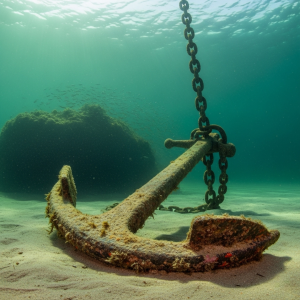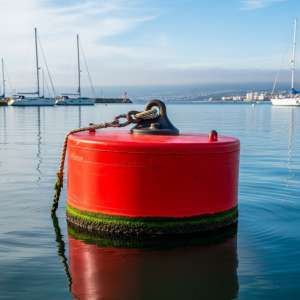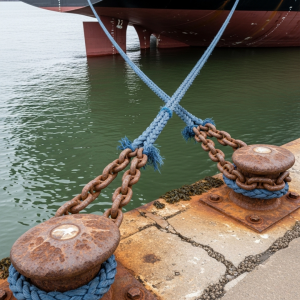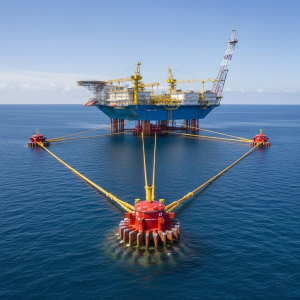What Is a Mooring Device? A Complete Guide for Beginners
If you’ve ever seen ships, boats, or floating structures secured near a dock, pier, or offshore location, you might have wondered: what is a mooring device and why is it important? Whether you’re a beginner in marine industries or simply curious about maritime equipment, understanding mooring devices is essential. In this guide, we’ll break down what a mooring device is, how it works, its different types, and why it plays a vital role in maritime safety.
What Is a Mooring Device?
A mooring device is any equipment used to secure a vessel or floating structure in place. Its primary function is to keep ships, boats, oil platforms, or floating docks from drifting due to wind, waves, or current. By connecting the vessel to a fixed or floating point, a mooring device ensures safety, stability, and controlled positioning.
In simple terms, mooring devices act as the “anchor system” that keeps marine assets from wandering. Without them, docking and offshore operations would be extremely risky and inefficient.
Why Are Mooring Devices Important?
Mooring devices are crucial in the maritime industry for several reasons:
- Safety – Prevents collisions and accidents caused by drifting vessels.
- Stability – Keeps ships in place during loading, unloading, and maintenance.
- Efficiency – Enables offshore platforms and floating facilities to function without interruption.
- Environmental Protection – Reduces the risk of damage to marine ecosystems by preventing uncontrolled vessel movement.
For both small boats and massive oil tankers, reliable mooring systems are non-negotiable.
Types of Mooring Devices
Mooring devices come in various forms, depending on the vessel type, water depth, and environmental conditions. Here are the most common ones:
1. Anchors

Perhaps the most familiar mooring device, anchors dig into the seabed to hold vessels in place. They can be permanent (fixed offshore installations) or temporary (used by ships and boats).
2. Mooring Buoys

These floating markers are anchored to the seabed and used as attachment points for vessels. They are common in harbors, marinas, and offshore facilities.
3. Mooring Lines

Ropes, chains, or synthetic cables used to tie ships to docks, piers, or other fixed points. They are designed to withstand strong forces from tides, wind, and waves.
4. Spread Mooring Systems

Used for large floating production units (like oil platforms), this system involves multiple anchors and lines arranged in a spread pattern to maximize stability.
5. Dynamic Positioning Systems (DPS)

Although more advanced, DPS acts as a modern alternative to traditional mooring. Instead of anchors or lines, it uses thrusters and GPS technology to maintain a vessel’s position.
Factors to Consider When Choosing a Mooring Device
The right mooring device depends on several factors:
- Vessel size and type – Larger ships require stronger, more complex systems.
- Water depth – Shallow water mooring differs from deepwater solutions.
- Weather conditions – Areas with strong currents or storms need heavy-duty equipment.
- Operational needs – Offshore oil rigs, fishing boats, and cargo ships all have different mooring requirements.
Proper selection and maintenance ensure that the mooring device performs reliably under all conditions.
Tips for Beginners
If you’re new to mooring systems, here are some quick takeaways:
- Always inspect mooring lines, chains, and anchors before use.
- Learn the correct mooring techniques for docking safely.
- Choose the right device based on water conditions and vessel type.
- Consider modern technologies like dynamic positioning if applicable.
By practicing proper mooring, you enhance both safety and efficiency in marine operations.
Conclusion
Now that you know what is a mooring device, it’s clear that this equipment is vital for maritime safety and efficiency. From anchors and buoys to advanced positioning systems, mooring devices keep vessels stable and secure, even in challenging environments. For beginners, understanding the basics of mooring systems is the first step toward safer and more efficient marine operations.
At Dockstop, we’re dedicated to providing high-quality solutions and resources for anyone navigating the maritime world. Whether you’re a boat owner, shipping professional, or marine enthusiast, having the right mooring device ensures peace of mind every time you’re on the water.
